How Did Theme Parks Begin in America?
How did Theme Parks begin in America?
Those who have had many good times at the theme park should attempt a thrilling adventure ride on the mountain coaster in Branson. Since the nineteenth century, Americans have been flocking to amusement parks to enjoy family-friendly entertainment. Many of us can recall fond childhood recollections of the park's characteristic foods or the pleasant sound of the carousel.
The modern theme park evolved from the centuries-old concept of a "pleasure garden," a public area set aside for amusement and enjoyment. Theme parks in America expanded to include amusement parks, bandstands, concert halls, and zoos. They have influenced our recollections and America's national identity over the years.
Amusement Parks Before Themes
In contrast to the setting of the mountain coaster in Branson, early amusement parks in the United States were picnic grounds where working people might unwind after work. They may also bring their families to enjoy inexpensive entertainment and food.
Expositions such as the 1893 Chicago World's Columbian Exposition established a new model for entertainment parks. It focused on performances, rides, and concessions to attract more visitors. Each attraction increased public interest in other shows, and the proprietors profited due to the interchange.
Coney Island's rise to amusement park popularity began in the 1880s. Steeplechase Park had an ever-changing assortment of attractions, and it grew in popularity by appealing to people's desire for novelty. Dreamland Park was ambitious, offering theatrical shows and entertainment in addition to rides and thrills.
Santa Land: America's First Theme Park
In the early 1940s, Evansville, Indiana businessman Louis J. Koch purchased 260 acres of land to build an amusement park to capitalize on the town's unique moniker. Santa Claus Land debuted in 1946, with a lovely Alpine hamlet complete with a gift shop, rides explicitly created for children, and regular appearances by Santa himself.
Santa Land was the first actual theme park. Originally known as Santa Fe, the town of Santa Claus, Indiana, chose its new name in the 1850s. Because the United States Postal Service declined to award the borough a post office because another town in Indiana had the same name, the locals chose the new name of Santa Claus.
As the country's sole Santa Claus post office, the town began getting hundreds of letters from children penning holiday messages to Santa. The postmaster worked with local volunteers to respond to the exciting letters from children throughout the country.
For four decades, Jim Yellig represented St. Nick at the park, and the garden has thrived from the 1950s until the present. In the 1980s, the park added Halloween and the Fourth of July as new holidays, and the park's name was altered to the more suitable Holiday World.
Splashin' Safari, a water park, was added by the Koch family in 1993. The park has added additional wooden roller coasters throughout the years, providing free sunscreen and soft beverages. In 2006, the park incorporated Thanksgiving as a theme. The nation's first theme park has captivated generations of Americans, from Santa Land to Holiday World.
Disney
Walt Disney has enchanted Americans with his beloved characters and creative cartoons since the 1920s. WED was founded in 1951 by the animator, voice actor, and film producer Walt Disney with the distinct goal of creating a theme park that captured the wonder of the Disney film experience.
He spent years visiting amusement parks across the country, gathering research, and honing his idea. The ABC network provided funds for the Disneyland project. He promised to broadcast a weekly television show that showcased his dream project to the Baby Boom generation and parents.
The park debuted with a bang in 1955, with many Americans tuning in for a record-breaking live broadcast. While the day provided some operational issues (one ride was shut down due to an electric overload, and Fantasyland was forced to close due to a gas leak), the park garnered one million people in the first ten weeks.
The initial financing strategy for the park featured an admission fee and separate ride tickets. The park quickly changed to a semi-inclusive fare of $2.50, allowing for eight rides for one price. The fully-inclusive pricing model, pioneered by the next great player in American theme park history, Six Flags, is currently followed by most parks.
Six Flags
Six Flags Over Texas, the brainchild of oilman and businessman Angus Wynne Jr., opened its doors in Arlington, Texas, on August 1, 1961. It featured an all-inclusive pricing concept and was centered on Texas heritage. Visitors pay a single entrance fee that covers access to all of the park's attractions. The only extra costs for the guests were food and souvenirs.
The mountain coaster in Branson harkens back to childhood memories of exhilarating rides just like the big theme parks, delectable food, and live entertainment at theme parks for many thrill-seekers. If you want to take advantage of lower-priced entry to a theme park, go during the fall season.
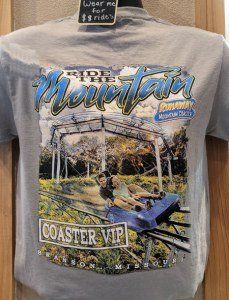
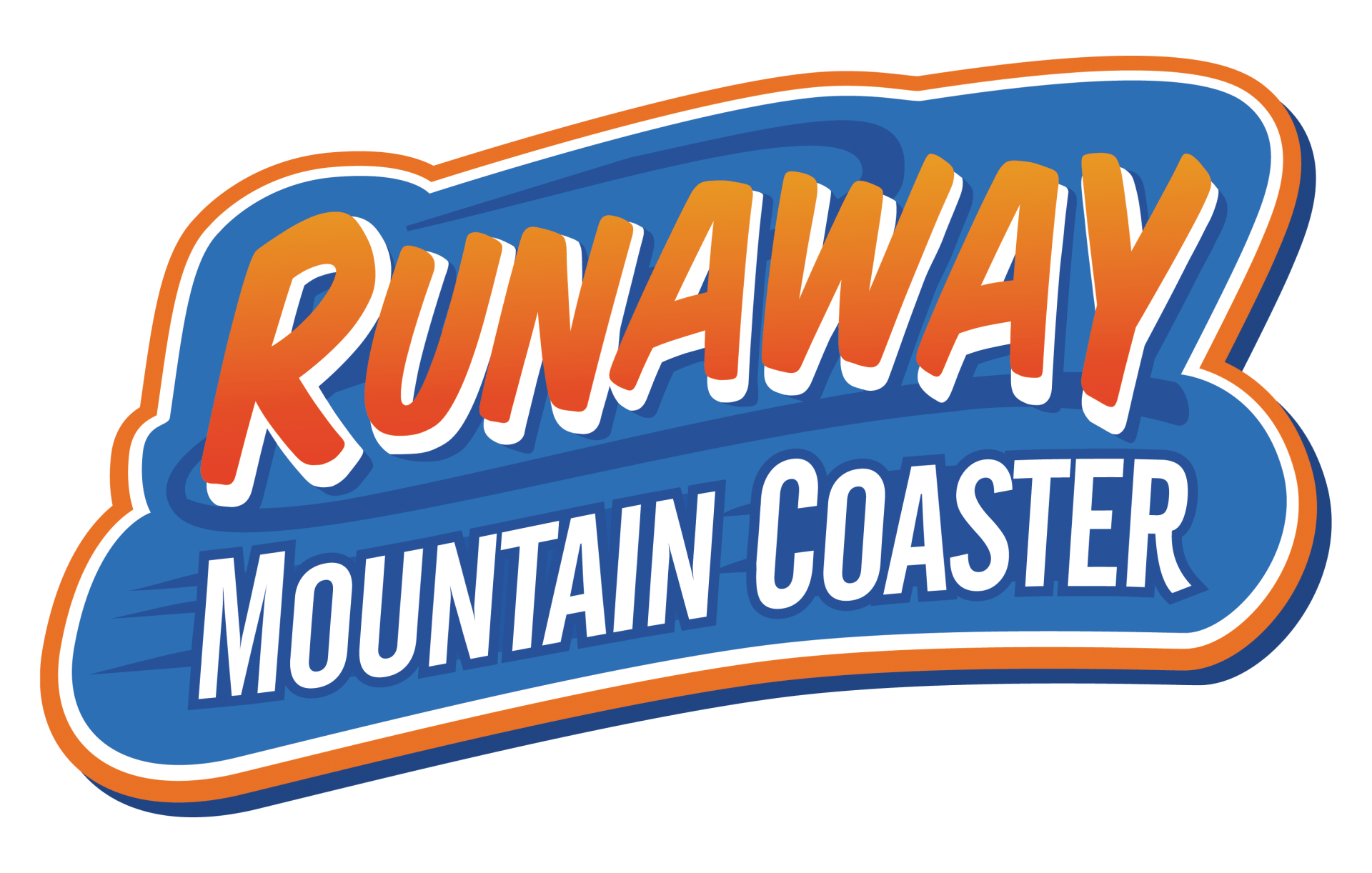



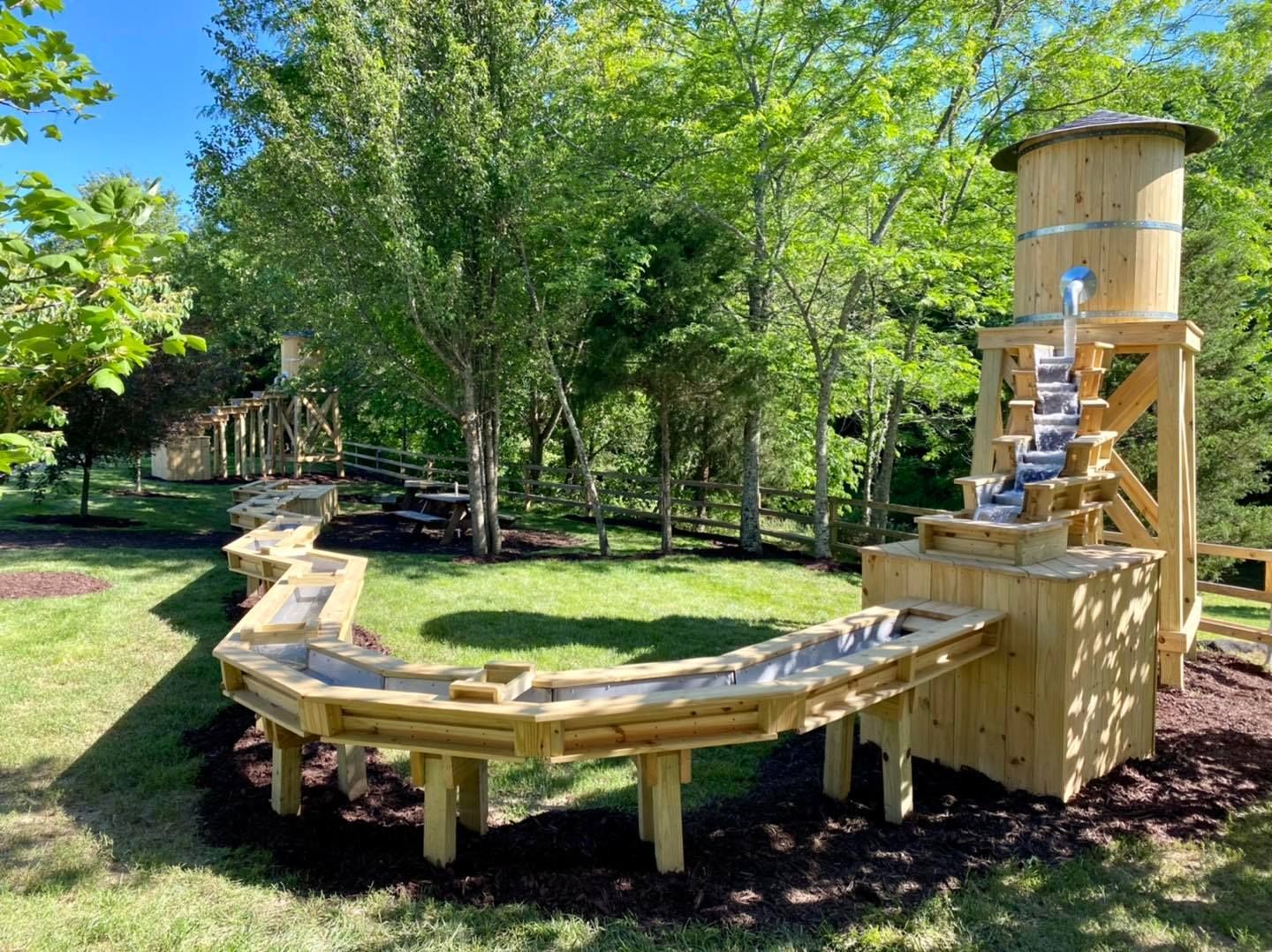
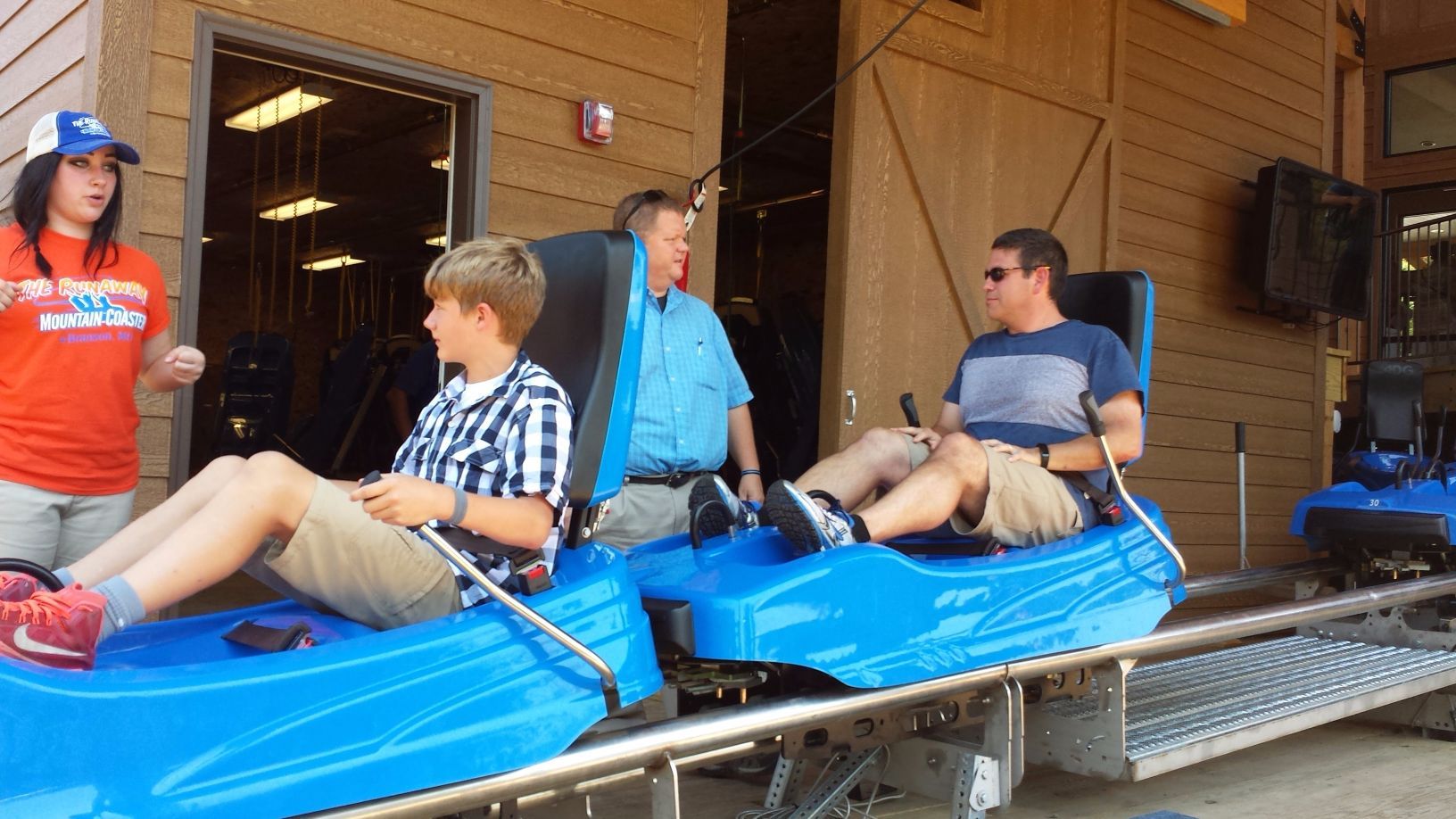
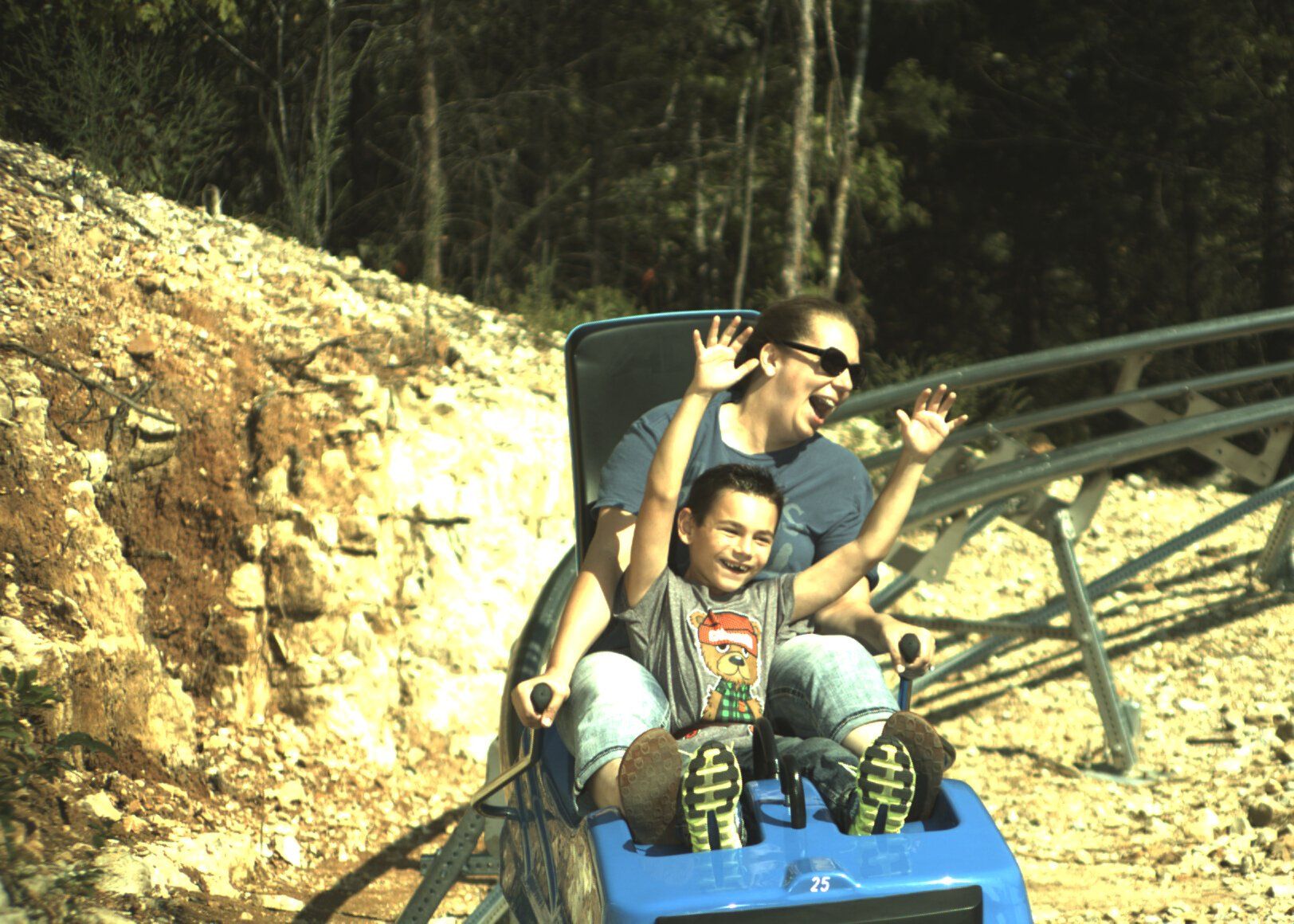
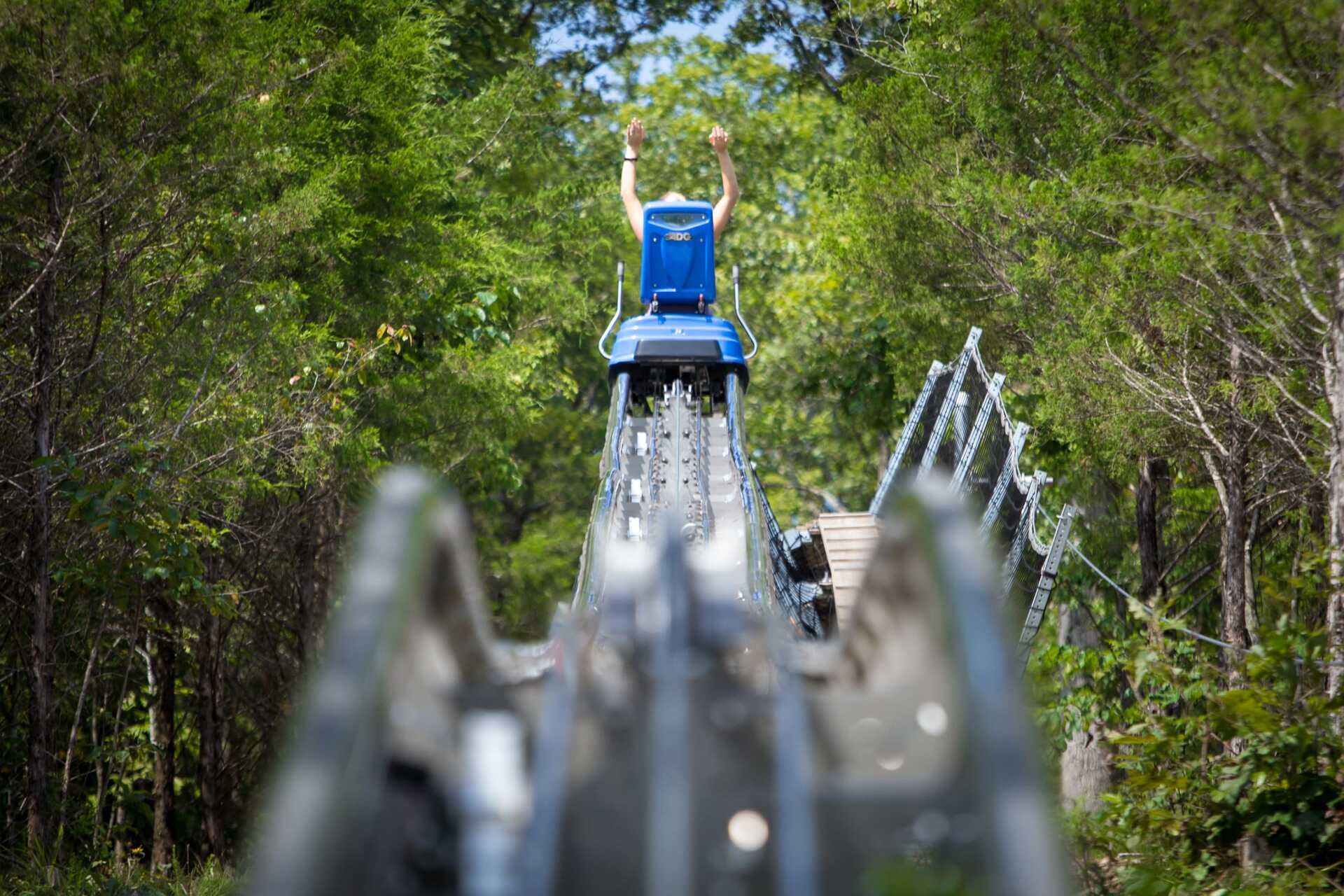
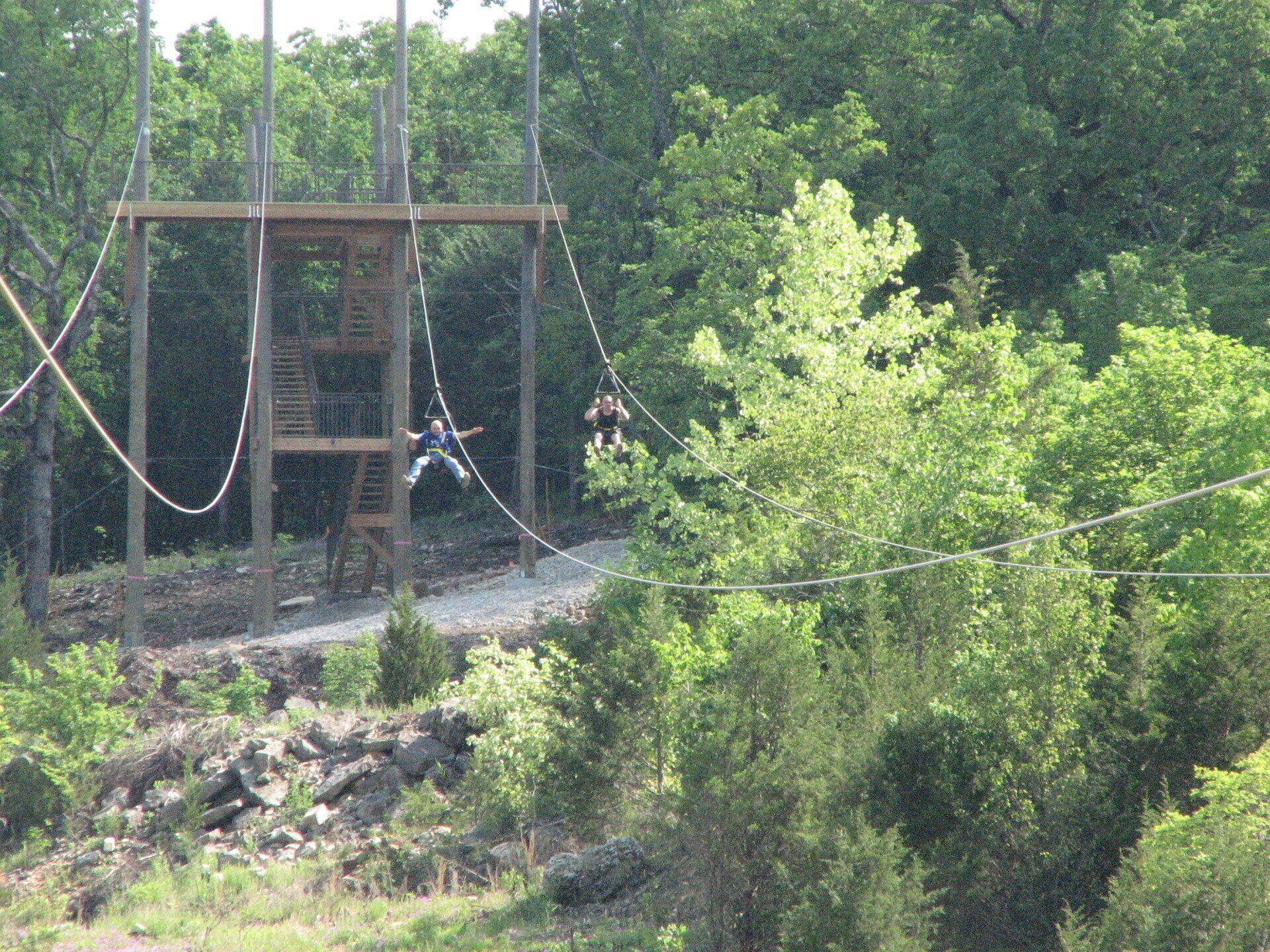

 by
by